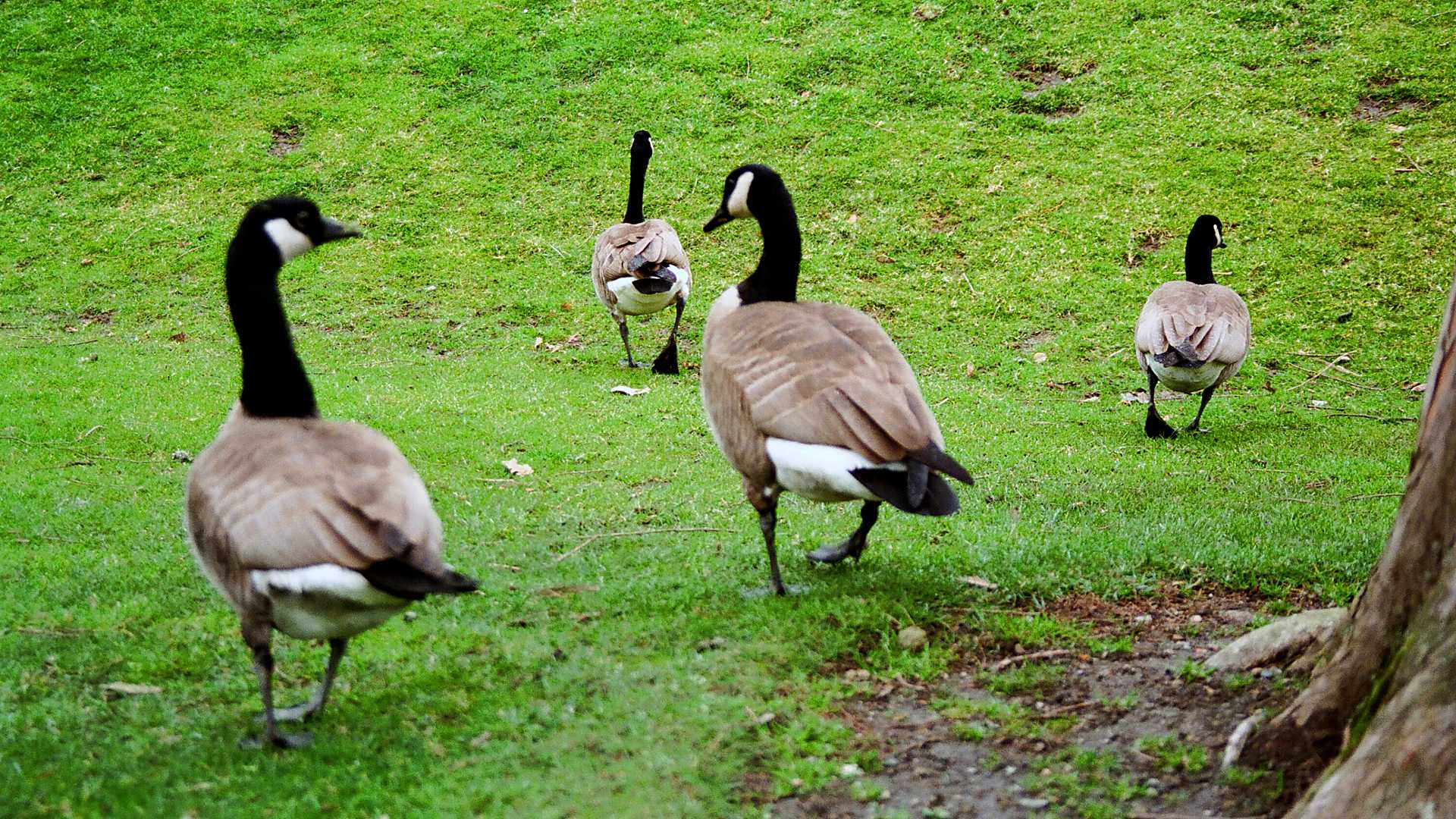Podcast: Download (Duration: 31:04 — 29.4MB)
Show Notes: Episode 169
Today on the First 40 Miles, Ounce for ounce, down is the warmest insulating material available—but where does it come from, how do synthetics match up, and did Neil Sedaka really write a song about his down puffy? Then we’ll review a sleeping bag that not only harnesses the power of down, but also uses a unique closure system. And if you’ve avoided down because of allergies, we have a simple trick that just may save you a box of Kleenex.
Opening
- Down is incredibly insulating and has a great warmth to weight ratio
- Ounce for ounce, down is the warmest insulating material available
- In the United States, Federal Trade Commission regulations require that any product labeled “100% Down” must contain only down feathers, while products labeled simply “Down” can contain a mixture of fiber and feathers.
- Down insulation is rated by fill power, which is the number of cubic inches displaced by a given ounce of down (in3/oz). To measure fill power, an ounce of down is placed into a graduated cylinder, and a small weight is dropped in on top of it; the volume below the weight indicates the fill power.
- Eider down has the highest fill power, at 1200. However, even down with a fill power as low as 550 still provides reasonably good insulation. Higher fill-power downs will insulate better than lower fill-power downs of the same weight. Insulation in most outdoor equipment ranges from about 400 to 900 in3/oz (230–520 cm3/g). Down rated 500–650 in3/oz (290–375 cm3/g) is warm enough and light enough for most conditions, and 800–900 in3/oz (460–520 cm3/g) fill is used for very lightweight and/or very cold-weather gear.
- A fill rating is from the number of cubic inches that one ounce of down will fill.
- Down is warm, lightweight and packable. If well cared for, it retains its loft up to three times longer than do most synthetics.
- When it is wet, the thermal properties of down are virtually eliminated. Down forms clumps if exposed to dampness or moisture, and will mildew if left damp. In addition, it will absorb and retain odors.
- Water repellent down
Top 5 Things You Always Wanted to Know About Down Insulation But Were Afraid to Ask
Where does down come from?
- Primarily ducks and geese for outdoor insulation (coats, vests and sleeping bags)
- When baby ducks and geese are born they are covered only in down–but the down in your jacket did not come from plucking all the feathers off of a baby duck.
- Duck and geese have down throughout their life—in fact when they go through the molting process, they cyclically lose their down and it gets replaced. However, this shed down is probably not what’s in your jacket either, although, that would be convenient to just harvest the down that’s shed naturally.
- The down that’s in our insulating gear like jackets and sleeping bags is the down from underneath the outer feathers, primarily in the chest.
- What makes these angel soft pieces of insulation for valuable than the outer feathers? They do not have quills. If you’ve ever owned an inexpensive comforter or jacket that has feathers, you’ve probably noticed that every once in a while something will be poking you. You pull it out, and it’s a feather with a hard, sharp quill.
- No mystical down making machine…however companies like Primaloft and 3M are working hard to come up with an insulating puff that has the power of down, the compressibility of down, the lifespan of down. They’re getting closer with every winter.
How is down harvested?
- The duck’s life or the geese’s life ends—and probably for the food industry. While we don’t eat much duck or goose in North America, it’s very popular in China.
- The feathers and down are then hand-plucked or machine-plucked from the dead bird
- Is down ever plucked from a live bird? This brings up a hot topic…
What kinds of ethical standards are in place for the harvesting of down?
- Live plucking is illegal in the US and Europe—but that doesn’t mean that live plucked feathers aren’t used here in America.
- Global Traceable Down Standard
- Responsible Down Standard (100% traceable down) was created by The North Face: https://www.thenorthface.com/about-us/responsibility/product/down-standard.html
- It seems obvious that live plucking is traumatic and unethical.
- But is there any argument for the practice of live plucking?
- Live-plucked geese can be plucked several times. This allows their down clusters to get larger and thus have a higher fill power, meaning a higher insulation to weigh ratio. More like 800-900 fill power.
OK, Which is better, goose down or duck down?
- Duck down is cheaper (folks in China eat ducks, which means the supply of ducks is plentiful)
- Eider down: This is considered to be the ultimate in duck down; it is collected from the breast feathers of the female eider duck and has the largest duck down clusters.
- Goose down is better (the down cluster are bigger and have more loft)
- Polish/Hungarian goose down: Widely considered to be the finest quality down clusters, they are larger than the norm and are mostly pure white in color.
- https://www.backpacker.com/gear/the-lowdown-on-goose-down-vs-duck-down
What’s the difference between this $30 down jacket and the $200 down jacket?
- Feather to down ratio
- Ducks and geese have lots of feathers and very little down in comparison
- Down ranges from 450 to 900 fill power
- A cheap down jacket will be heavier for its size, and a nice down jacket will look puffy, but will be much lighter than you expect…it will also compress.
https://en.wikipedia.org/wiki/Down_feather
SUMMIT Gear Review™: NoZipp Down Sleeping Bag
Structure
- 850+ duck down
- Outer shell: 20 Denier 1.0oz ripstop nylon – water resistant
- Inner shell: 20 Denier 1.0oz ripstop nylon – ultra soft
Utility
- Magnetic closure system
- Contoured hood and cinch
- Two modes: mummy mode and roomy mode
- Temperature ratings (EN Test Pending)
- extreme limit: 8°F / -13°C
- lower limit: 30°F / -1°C
- comfort limit: 42°F / 6°C
- Expandable shape for upper body
Mass
- total weight: 2 lbs 3 oz / 1.000 kg
- fill weight: 15 oz / 425 g
- length: 6’2″ / 1.88 m
Maintenance
- compression and storage sack included
- packed size: 7” x 12” / 10 L
Investment
- $279 for 30 degree bag
- $299 for 15 degree bag
- $349 for 0 degree bag
Trial
- Take it out of its compression sack, Let it breathe and repuff when you get home
- Tricks to getting the magnets to line up? Hold the top row of magnets taught
Backpack Hack of the Week™: Beating Down Dust Mites
“Down feathers tend to become more allergenic as they age, as they become contaminated with molds and dust mites. Pillows provide the most common source of exposure, though mattresses, comforters, outerwear and upholstery can also cause problems. A Finnish study has shown that true feather allergies are rare, with most issues caused by dust mites.”
Dust mite allergy: stuffy nose and watery eyes
Bedding is a haven for dust mites
Dust mites thrive in warm, humid environments and they love shed skin cells. To get rid of dust mites, and therefore their feces which is what irritates and causes allergies, toss your bedding in a dryer for 15 minutes, making sure the dryer reaches 130 degrees F. (Some dryers have a “sanitize” setting)
Trail Wisdom
“We don’t stop hiking because we grow old – we grow old because we stop hiking.”
–Finis Mitchell

